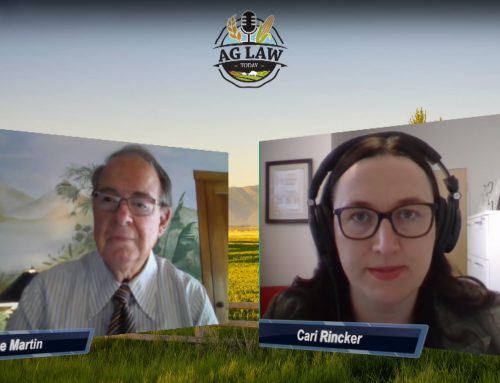The incentive programs available for Florida citrus growers looking to replant or renovate their citrus groves are plentiful in Florida. The disease HLB, also known as citrus greening, has devastated Florida’s citrus industry since its detection in 2005, and the latest figures indicate that the Florida citrus industry will need to plant 20 million new citrus trees in the next 10 years to get production back to where it was before HLB.
Factors to Consider for New Citrus Groves
There are many considerations for Florida citrus growers who are considering taking advantage of citrus planting incentives. A recent online article on Citrus Industry Magazine’s website listed those top considerations growers must consider when establishing renovating or planting new citrus groves. They are part of strategies compiled by Mongi Zekri, a southwest Florida Multi-County Citrus Extension Agent.
Read each consideration in the article, and a section of detail from that article, below.
- Tree Selection
“It is important to start with high-quality nursery trees purchased from a reputable and registered nursery. A tree that is inferior from the start will not be productive and will result in economic losses. Scion selection will depend on grower’s preference and the predicted economic potential of the variety. Although all commercial scion varieties are susceptible to HLB, some (such as Sugar Belle, Fallglo, Nova, Temple, Triumph and Jackson) are reported to perform better in the presence of the disease.” - Site Preparation And Planting
“When choosing a site, drainage is one important factor to plan for. Trees should be spaced based on the expected size of the tree and lifespan of the grove. A more densely planted grove may provide earlier economic returns despite an initial higher investment, which is advantageous under the current pressure of HLB.” - Irrigation
“Irrigation requirements depend on many factors, including rainfall, temperature, time of year and soil characteristics. Proper irrigation scheduling has a direct impact on tree health, fruit quality and yield. Without proper irrigation, trees are more susceptible to nutrient deficiencies, physiological disorders and pests and diseases.” - Nutrition
“Nutrition goes hand in hand with irrigation. Proper nutrition improves tolerance to pests and diseases and ensures the rapid development of the canopy. The optimal fertilizer rate depends on soil type: Soils with high organic matter such as on land that was previously used for pasture or vegetable production will require less fertilizer than soils with low organic matter. Soils should be tested prior to planting to assess proper nutritional needs.” - Organic Amendments
“Amendments — such as compost, humic substances or microbes — often improve soil physicochemical properties, root system architecture, water-use and nutrient-uptake efficiency.” - Pest And Disease Control
“Once trees are in place, special care must be taken to prevent trees from becoming infected not only with the HLB pathogen, but also with citrus canker.”



